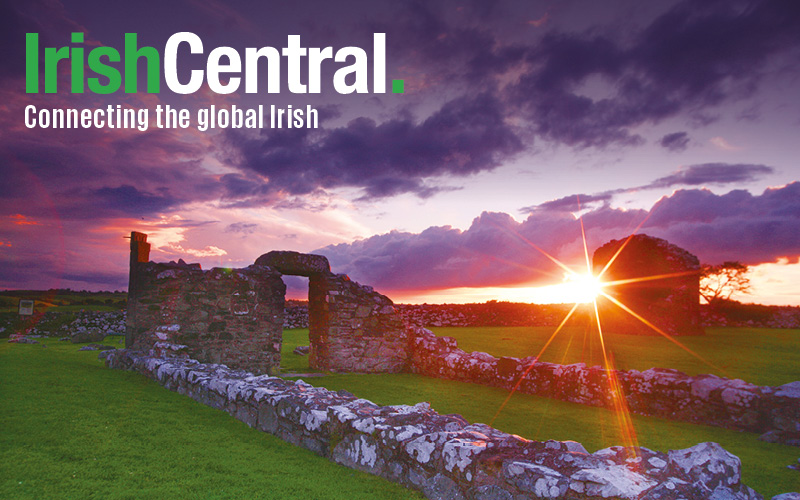Saint Patrick's legacy as a migrant worker should be a reminder to all Irish this St. Patrick's Day, argues one Irish expert.
An academic from University College Cork believes the legacy of Saint Patrick as a forced migrant worker needs to be remembered by the Irish this St Patrick’s Day.
Read More: The intersection of Saint Patrick and paganism in Ireland
“Perhaps, as well as stressing the centrality of migration as a ‘constant feature of the Irish experience’ we should also attend rather more seriously to the ongoing and brutal reality of human trafficking and forced migration as a constant feature of human experience,” says Dr. Piaras Mac Éinrí, a migration expert at UCC.
“In so doing, we could more fully embrace Patrick’s legacy and our own place and responsibilities in today’s world.”

Should we remember the legacy of Saint Patrick in the current migrant crisis. Image: iStock.
Read More: Why is Saint Patrick's Day celebrated on March 17?
Not many biographical details are known of Saint Patrick but his first arrival in Ireland as a forced migrant worker can be found in his own extraordinary autobiographical account, the Confessio.
“My name is Patrick. I am a sinner, a simple country person, and the least of all believers,” Saint Patrick wrote.
“I am looked down upon by many. My father was Calpurnius. He was a deacon; his father was Potitus, a priest, who lived at Bannavem Taburniae. His home was near there, and that is where I was taken, prisoner. I was about sixteen at the time...I was taken into captivity in Ireland, along with thousands of others. …The Lord brought his strong anger upon us and scattered us among many nations even to the ends of the earth.”
Mc Éinrí believes that both Ireland and the European Union are not dealing adequately enough with the migrant crisis in the 21st century and feels that Ireland, particularly as a country with such a strong history of the migration of its people, should recognize its responsibility to other migrants.

An immigrant family on Ellis Island looking out towards the Statue of Liberty, in New York.
Read More: The real reason why there aren't any snakes in Ireland
“Barriers are going up everywhere and people are even being denied their legal right to seek refuge. Racism and xenophobia are stronger now than at any time since the 1930s,” he says.
“The Irish record in the diaspora is not always the best either.
“Imagine if we were at the receiving end?” he questions.
“The more than one million Irish who fled famine and disease in the mid-19th century at least had places to go. Even if they were sometimes received grudgingly, calls to ‘build that wall!’, if there were any, went unheeded. Their circumstances were miserable, but they were not denounced as murderers, thieves, and rapists by the highest politicians of the day.
“Ultimately, they were seen as downtrodden people who hauled themselves out of hardship and made something out of themselves wherever they went, without losing a sense of their own culture, history, and identity.
“That is something we can celebrate,” adds Mac Éinrí, “but we should also recognize our present-day responsibilities in a wider world where we are no longer at the bottom of the ladder. Even in Ireland itself, people are still being trafficked, whether into the sex industry or into forms of labor undertaken in appalling and oppressive conditions. In all cases, someone somewhere knows of these abuses and does not act.”
Read More: “Ag Críost an Síol” a St. Patrick’s Day song to remember
* Originally published in 2016, updated in February 2020.
Do you agree that Ireland should be doing more to end the migrant crisis? Let us know your thoughts in the comments section, below




Comments